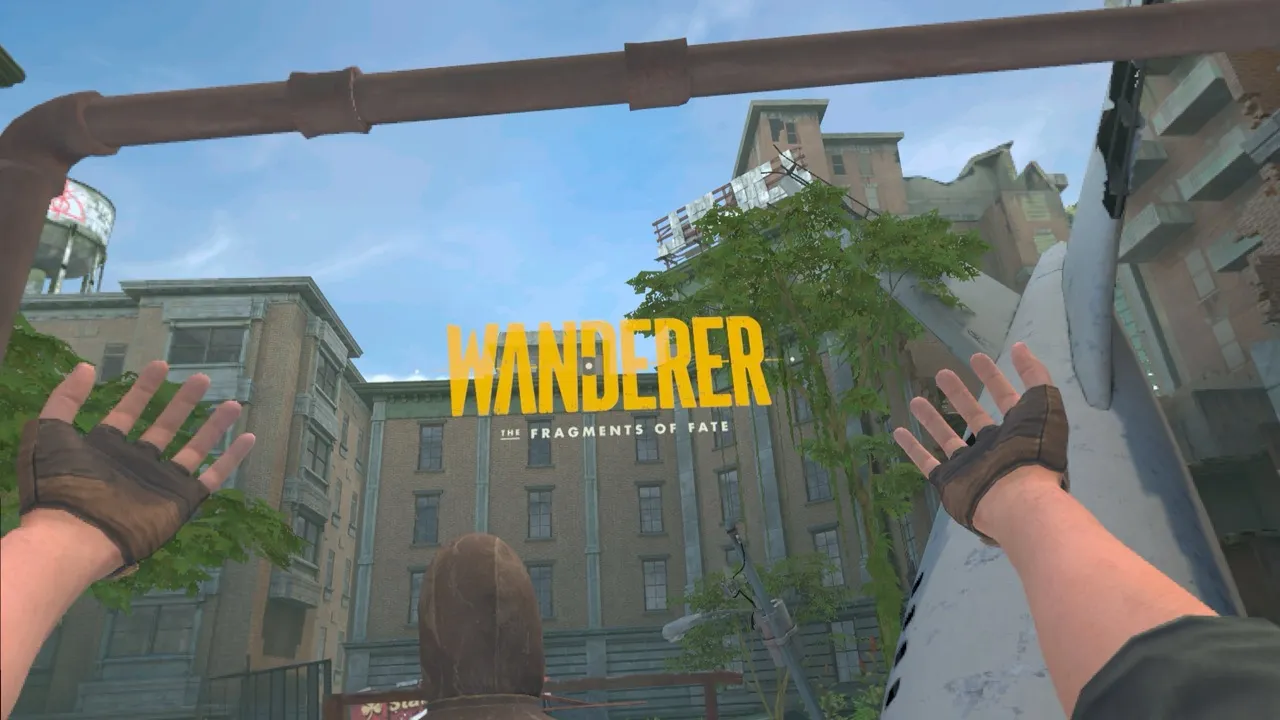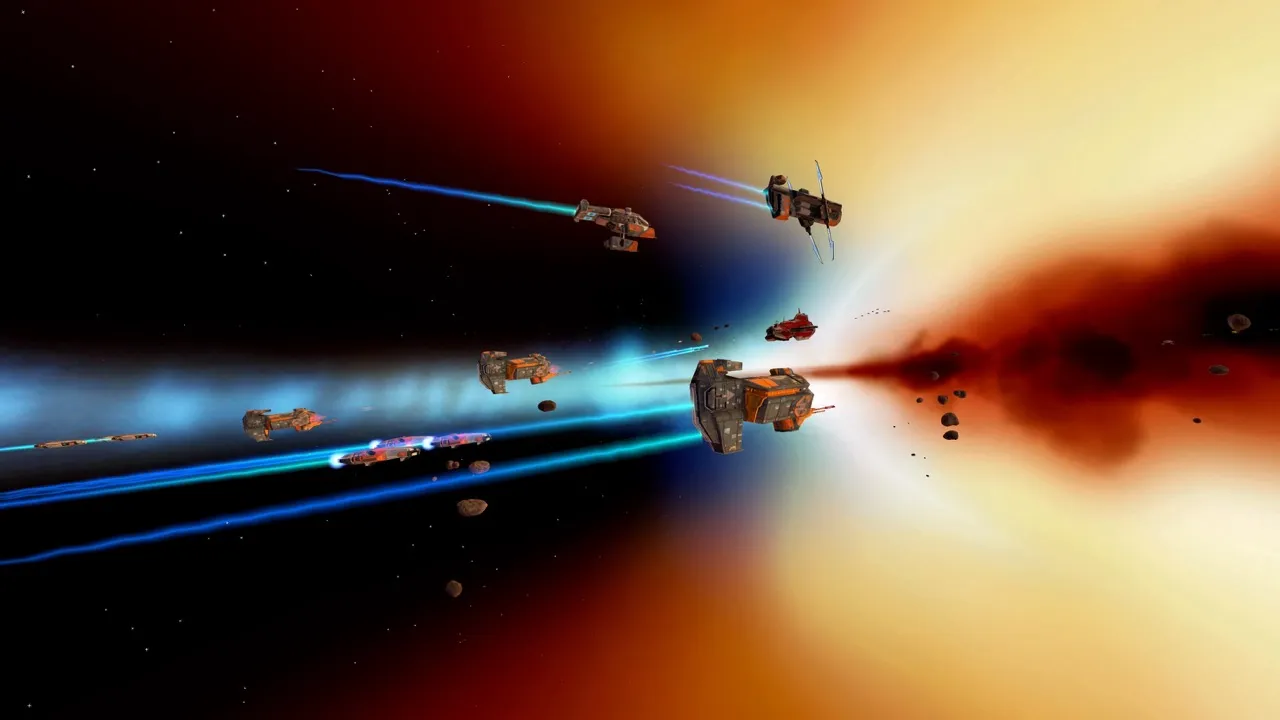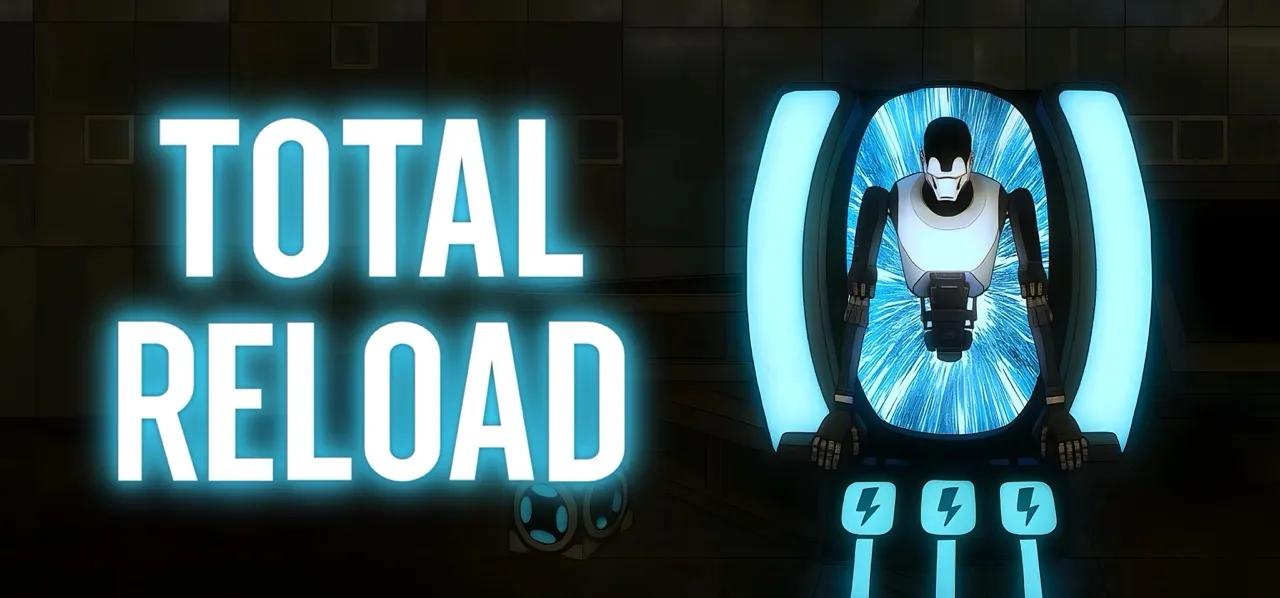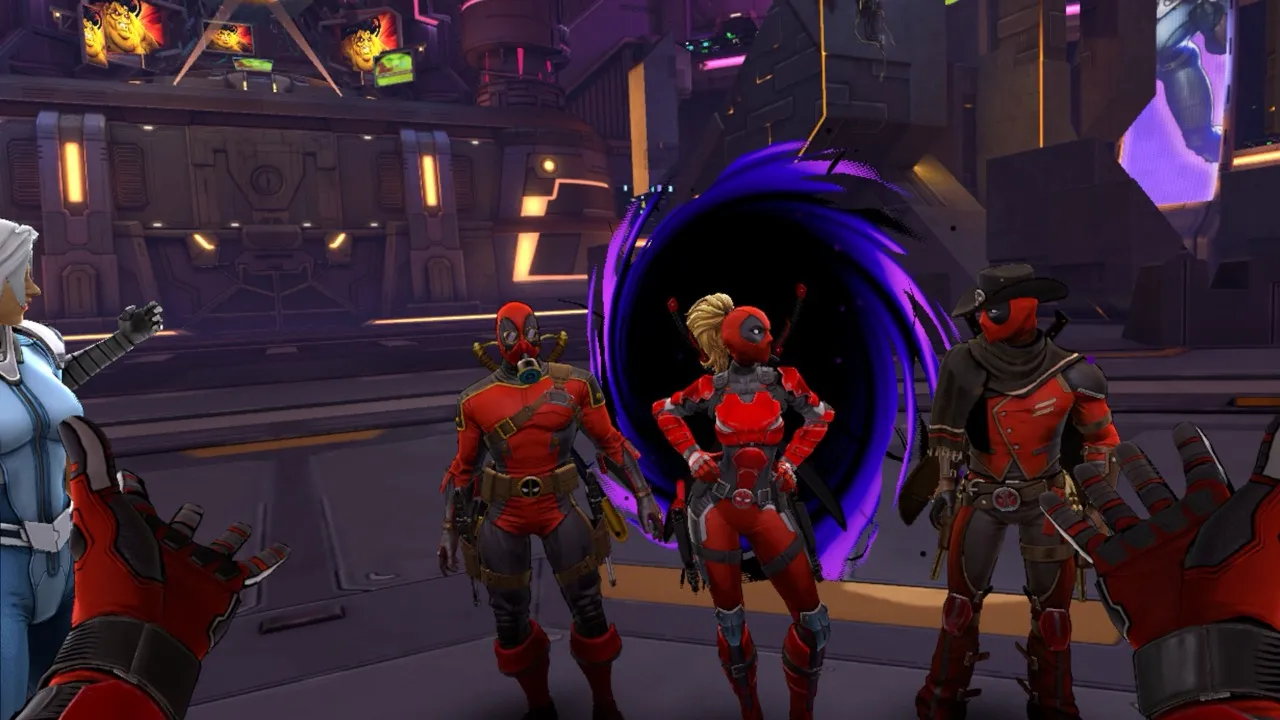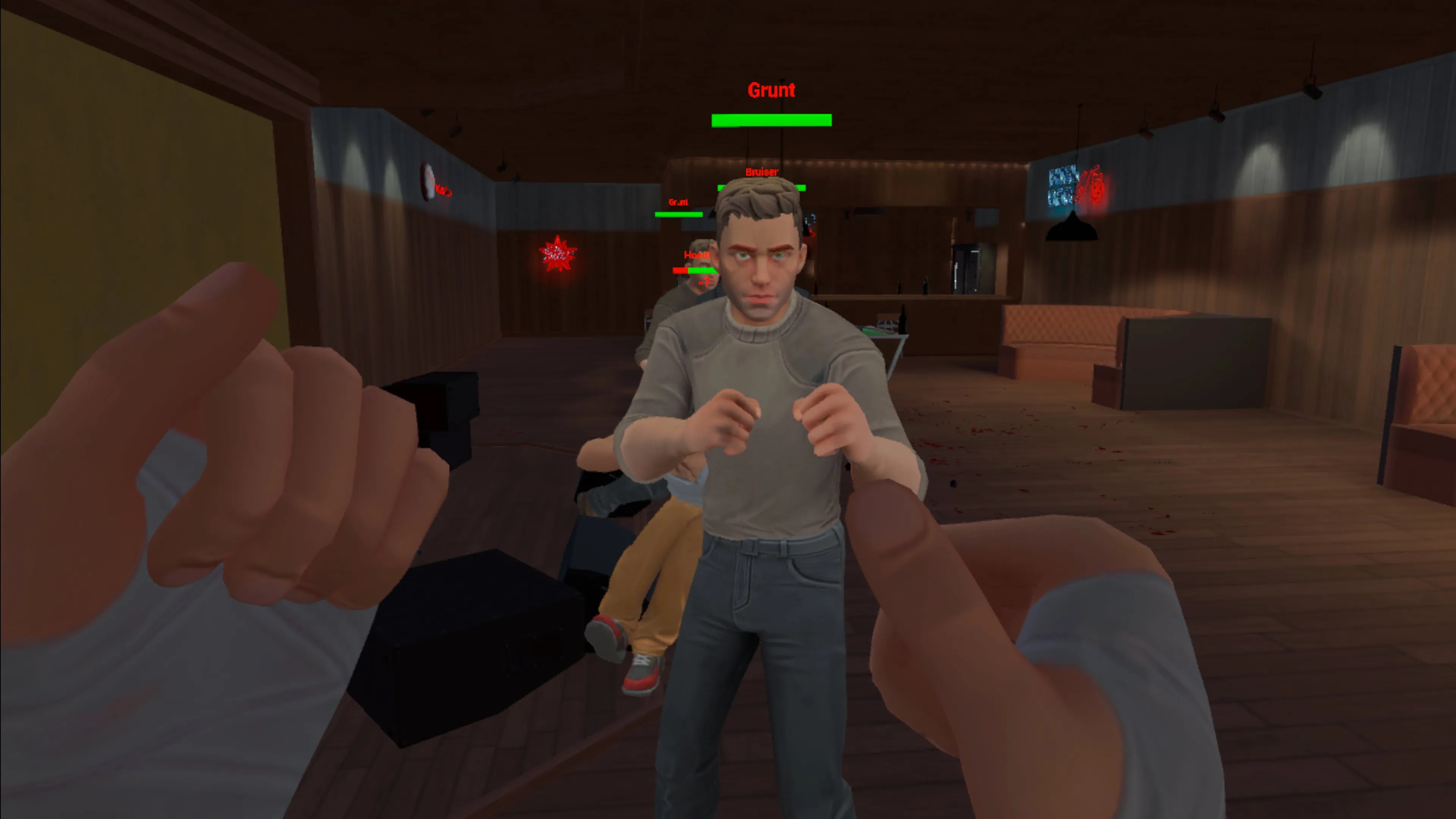Wanderer: The Fragments of Fate is a wildly imaginative and physics driven VR adventure that turns time travel into one of the coolest gameplay systems ever seen in VR
Wanderer: The Fragments of Fate is the kind of VR game that makes you stop mid play, take the headset off for a second, and ask yourself how on earth did they even make this work. It is easily one of the most creative, ambitious and playful VR games on the Quest 3, and when it is firing on all cylinders, it feels like the exact sort of thing we all imagined VR would become. Time travel, chaotic science accidents, alternate timelines, huge historical moments and wild physics puzzles, it is all here and it somehow blends into something that is both ridiculous and genuinely impressive.
You play as Asher, thrown into a reality where time has completely fallen apart. Timelines are bleeding into each other, history is out of order and the only way to fix things is to jump across different eras and correct key moments. Your main companion through all of this is Samuel, the talking watch strapped to your wrist.
Samuel is more than a hint system. He is the voice that keeps you grounded, comments on the chaos around you and gives personality to every jump. He explains what went wrong, points you toward important moments and adds a bit of charm and sarcasm to the story. Because he is always literally on your wrist, he makes the whole adventure feel more personal and connected.

With Samuel guiding you, you bounce between Mayan temples, WW2 Germany, Tesla's experiments, 1960s America and even the Moon, stitching the timeline back together piece by piece. His presence keeps the narrative smooth and gives context to why you are doing what you are doing, no matter how wild the situation gets.
The places you visit are not just backgrounds. They are distinct chapters with their own tone and challenges. One moment you are deep in ancient Mayan lands trying to help a fading kingdom. The next you are in World War 2 Germany stopping Soviet forces from grabbing V2 rocket plans. After that you are standing beside Tesla at the Wardenclyffe Tower helping him power his device. Then comes the 1960s peace concert, a complete tonal shift, and finally the Moon, which feels cold and isolating in the best way. The variety is absurd, but the structure holds it all together.
Watch this TikTok video
What makes the whole experience magical is the ability to jump between these eras whenever you want. Your watch is the master tool, letting you hop in and out of any timeline and return to the exact moment you left. You time shift instead of teleporting, and the game remembers everything. Your position, your tools, your progress, all preserved. The transition is a quick white flash and then you are back. It is a tiny detail on the surface, but it transforms how you play because it gives you total freedom to solve problems in creative ways.
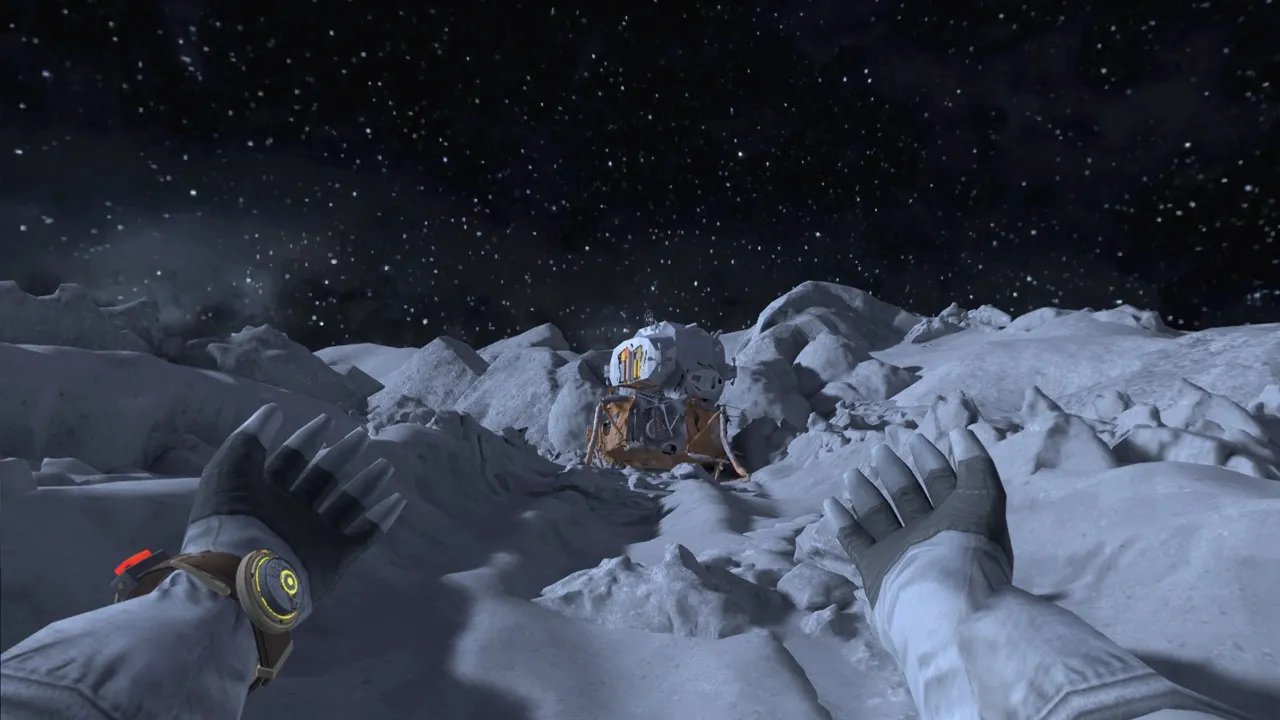
If a puzzle in the Mayan temple requires something you do not currently have, jump and explore another era and see what you can do there. If a flag has no staff, jump to back to your home, grab a mop, cut off the head with a cutting tool and use that as a staff. If a turbine room is filled with electrified water, jump to your home base, grab a leaf blower and come back to the turbine room and dry it off. You end up building these elaborate cross time tool chains that feel completely natural. And every solution works because the physics system is the backbone of the entire game.
Those physics are the reason Wanderer feels so special. Everything has weight, momentum and real presence. A locked door does not stop you because the story wants you to go elsewhere, it stops you because someone bolted it shut. And yes, you can remove those bolts if you have the right tools.
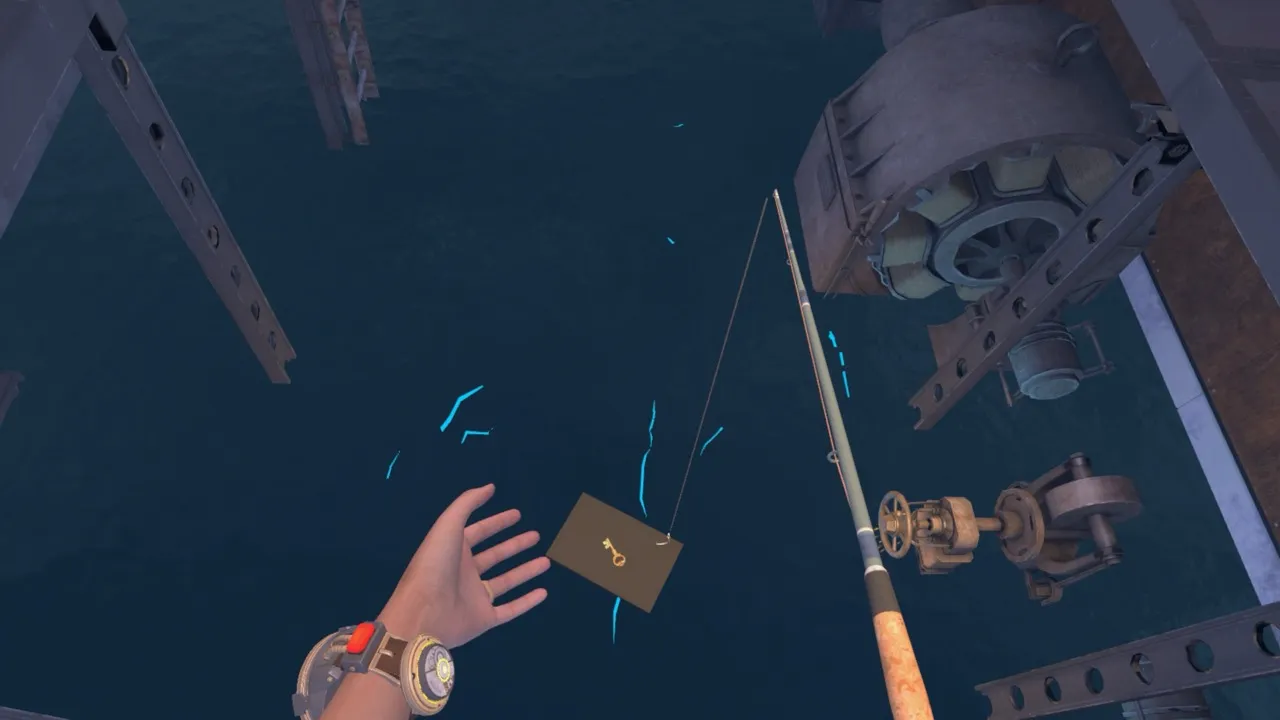
Another standout moment is burning the rocket plans. Instead of giving you a cutscene or a button press, the game tells you need to burn the plans, that's it. So you take a squirt gun, detach the bottle, dump the water, jump through time to find gasoline, fill the bottle, attach it, then go to the 1960s to grab a lighter, come back to the war era, pump the gun, light the lighter and blast the flaming stream onto the plans. It is messy, chaotic and unforgettable. It is the perfect example of how the game is designed to be played.
Combat leans into this physics heavy style too. You are not a soldier, you are a time traveler improvising your way through danger. Guns wobble as you walk, recoil kicks, reloads feel clumsy and slow. It is intentionally rough, but also strangely grounded. And the contrast between eras creates hilarious moments, like ancient Mayan warriors charging you with wooden obsidian blades and you blasting them out with a trench shotgun.

Traversal also relies on physics. Climbing feels tactile when it behaves, letting you grab pipes, ledges and rails in a very hands on way. Sometimes geometry pushes you off if your arms brush into walls, which is frustrating, but when it works it feels natural. Tools often double as traversal helpers, like using an MP40 as a zipline grip or slamming a shovel to launch yourself upward.
With such a complex physics system running on mobile hardware, bugs do appear. Wandering through time can occasionally break scripts. Cutscenes fail to start. Items get stuck in geometry. I experienced a soft lock that cost me an hour of progress, and that kind of thing stings. The watch sometimes refuses to detach from your hand, but luckily reloading the last save tends to fix this. Performance dips during combat are noticeable, especially when physics and AI load up the scene. Frame drops happen even with a single enemy, which is not ideal, but the game remains playable despite the dips.
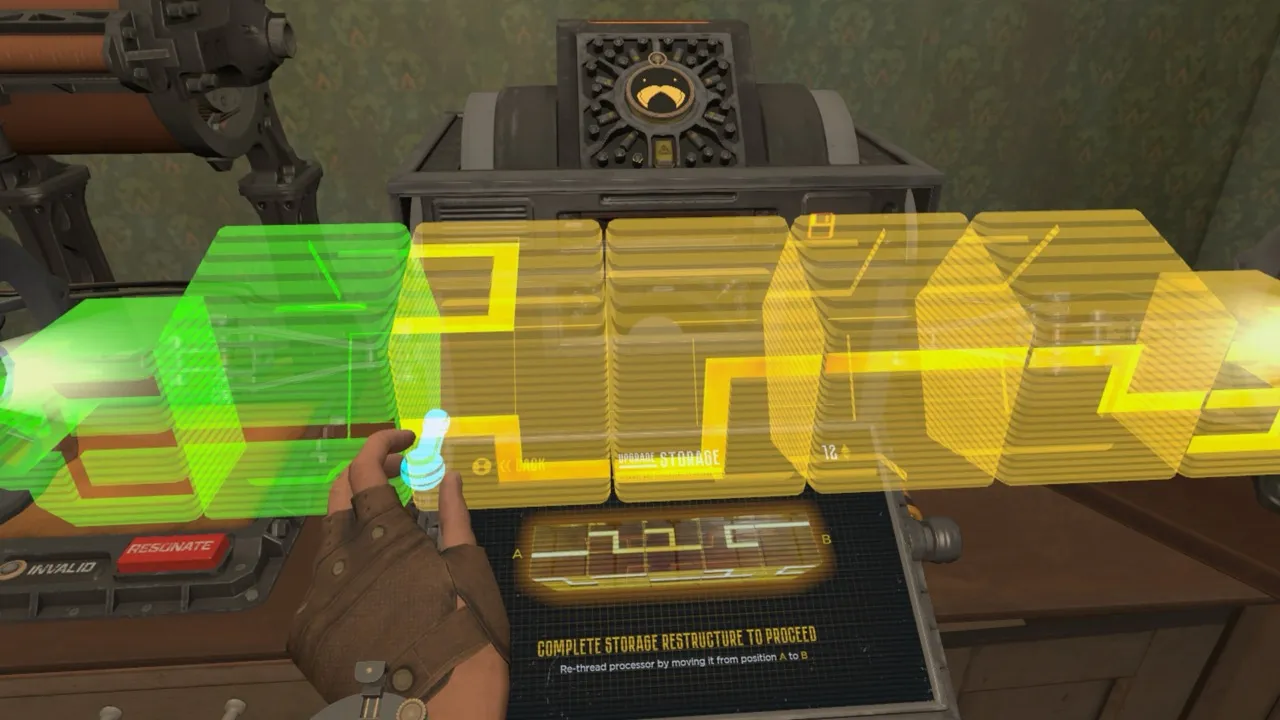
Still, everything is held together by its presentation, which is genuinely impressive for a standalone VR device. The environments are richly detailed and full of atmosphere. Mayan temples feel ancient and humid. WW2 bunkers feel harsh and cramped. The Moon feels still and quiet in a way that sells the isolation. Lighting, scale and texture work combine to create spaces that feel alive and memorable.
The tone of the game helps a lot too. It is serious when it needs to be, but playful enough to keep everything fun. One moment you are solving a complex puzzle, the next you are blasting ancient warriors, then you are playing the drums on a concert. It balances weight and levity in a way that fits the time travel theme perfectly.
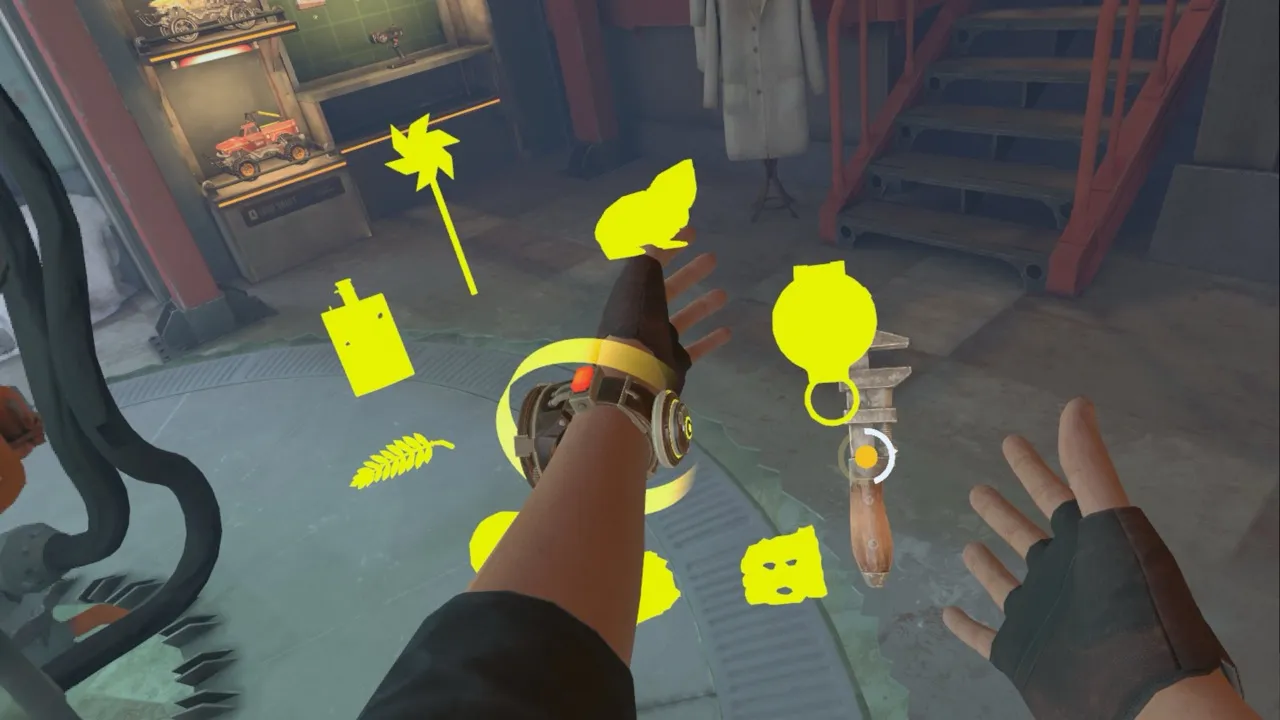
Most VR puzzle adventures guide you linearly. Wanderer gives you systems and trusts you to figure everything out. That freedom is what makes the game so addictive, but I can see how this might be overwhelming for some players. As I was playing it and trying to figure stuff out, I found myself getting lost in the world and not knowing what to do next and I am not ashamed to admit that some Google searches were necessary. I feel like the game expects too much from the player. Sure, if you detach the watchface, he will give you a hint, but often times, it is not enough.
It is not perfect, but that is the nature of ambitious VR. The rough edges do not ruin the experience, they just highlight how far the developers reached. And the fact that everything works as often as it does is impressive on its own. You bend history, stitch it together, break it again, and solve problems across multiple periods with tools you scavenge from everywhere. It scratches an itch no other VR game really touches.
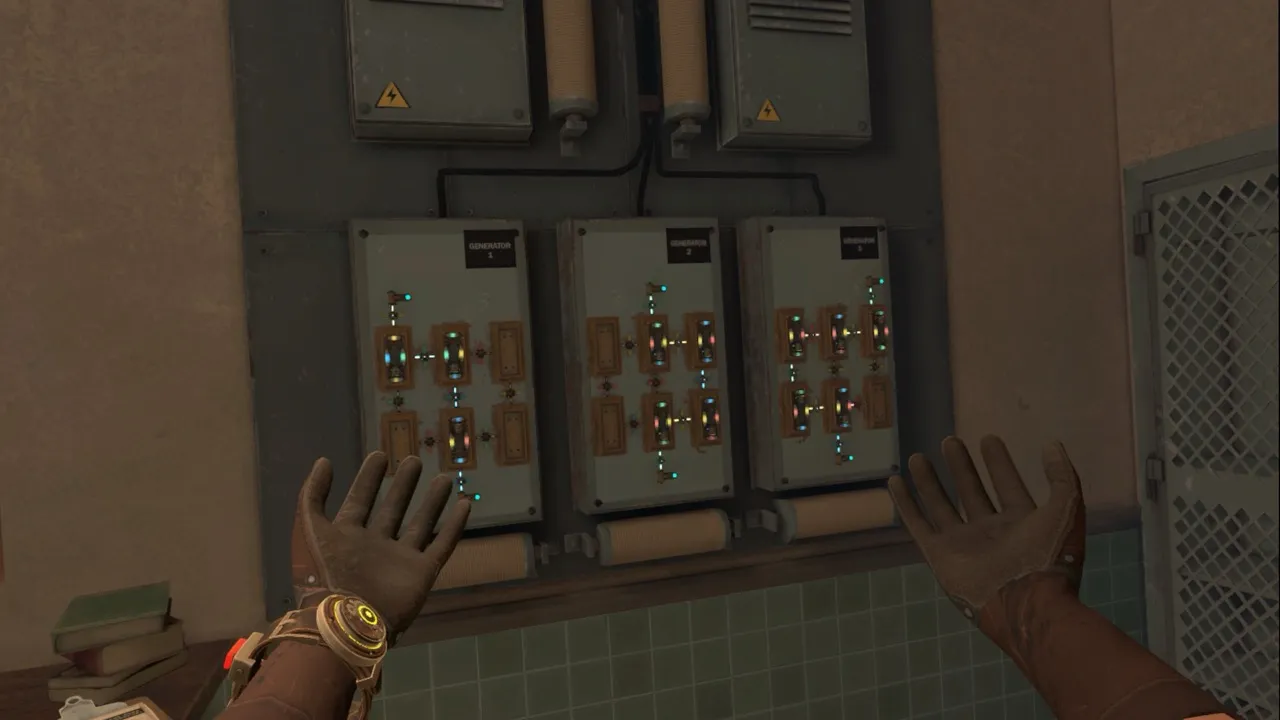
When the systems align, Wanderer: The Fragments of Fate is a revelation. When something glitches, it is annoying, but never enough to overshadow the next clever puzzle, the next physics trick or the next wild time jump. It is creative, messy, chaotic and original. It shows what VR can be when developers are not afraid to go big.

Wanderer does not just send you to different time periods. It lets you play with them. Twist them. Rethink them. And that is what makes it special. If you can accept a few technical bumps, this is absolutely essential. It is bold, memorable and full of moments that stay with you long after you take off the headset. I absolutely love this game. It is a must play for anyone who owns a Quest 3. Thanks for reading!
The game was reviewed on a Quest 3 via a promo copy provided by the developer. Wanderer: The Fragments of Fate is available on Meta Quest, PCVR and PSVR2.
